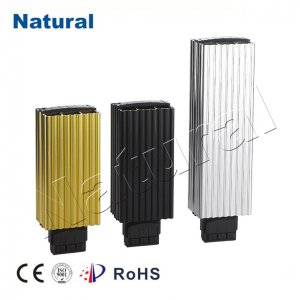Element heaters have become a staple in modern heating solutions, offering a versatile and efficient way to warm spaces. These devices, often utilized in residential and commercial settings, use electrical resistance to generate heat. The basic principle involves passing an electric current through a heating element, which resists the flow of electricity and converts electrical energy into heat.

The history of element heaters dates back to the early 20th century, with the development of electric heating elements like those made from nichrome, an alloy of nickel and chromium. This material’s high resistance to electricity made it ideal for heating purposes. Over the decades, technological advancements have significantly enhanced the performance and safety of element heaters, making them more efficient and user-friendly.

One of the primary advantages of element heaters is their simplicity. Unlike more complex heating systems, such as those involving central heating or heat pumps, element heaters are relatively easy to install and operate. This simplicity translates into lower initial costs and reduced maintenance requirements. Moreover, they are available in a variety of forms, including portable units, baseboard heaters, and built-in wall systems, catering to different heating needs and preferences. Energy efficiency is another critical benefit of element heaters. Modern designs often incorporate advanced features like thermostatic controls and programmable timers. These innovations allow users to customize their heating schedules and minimize energy consumption, which can lead to significant cost savings over time. For example, programmable timers enable users to set the heater to operate only when needed, avoiding unnecessary energy expenditure.

Leave a Reply